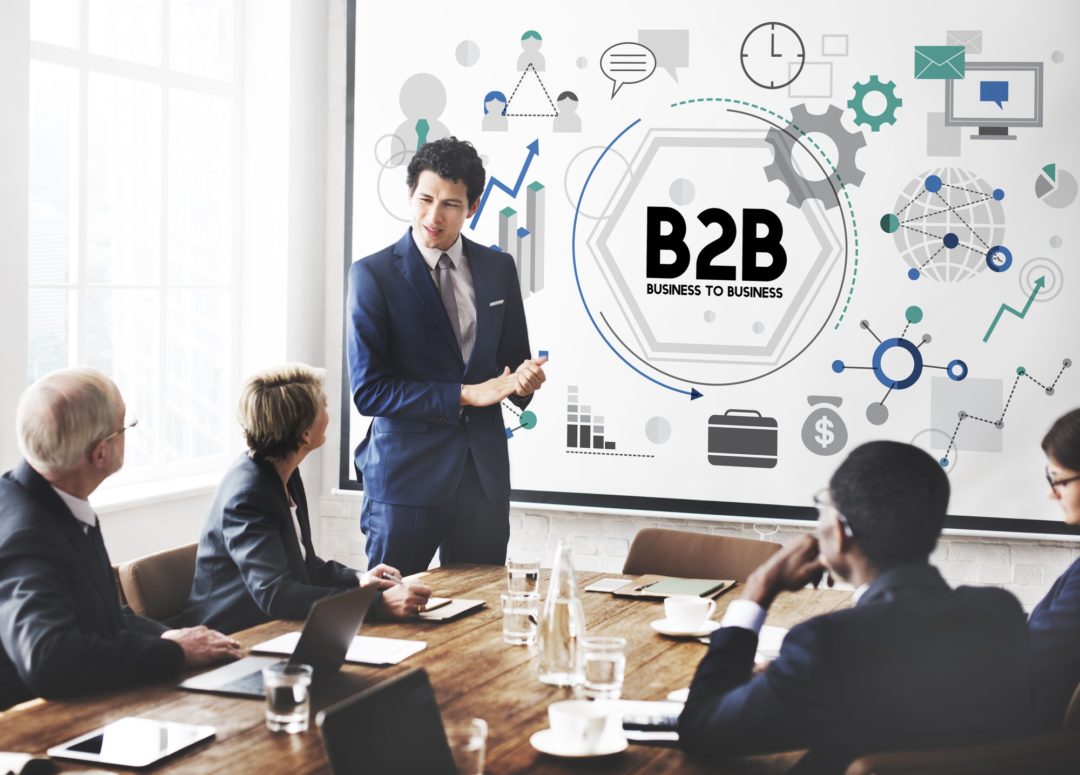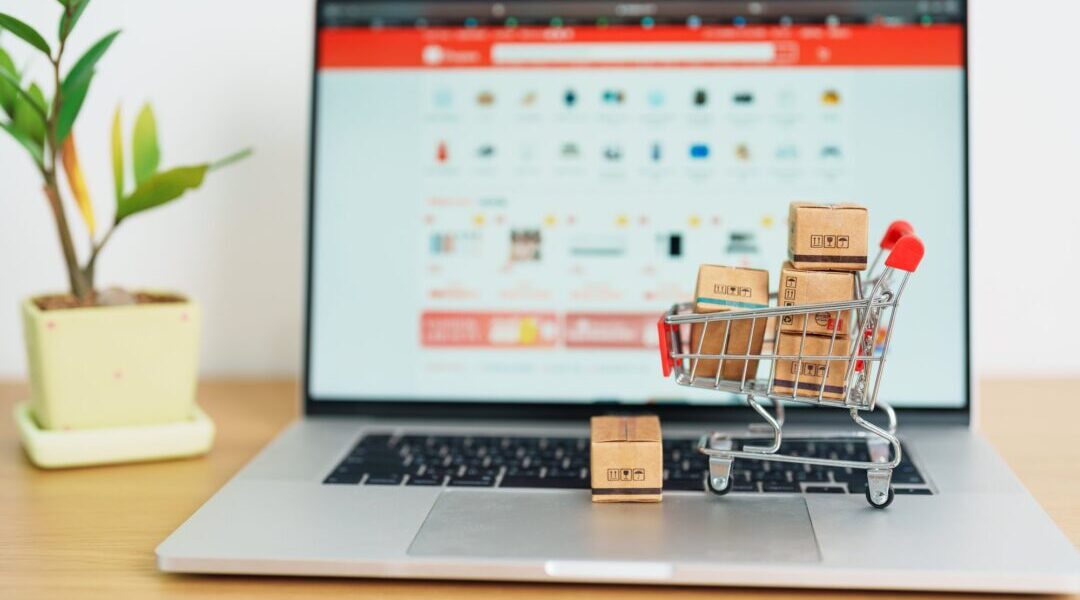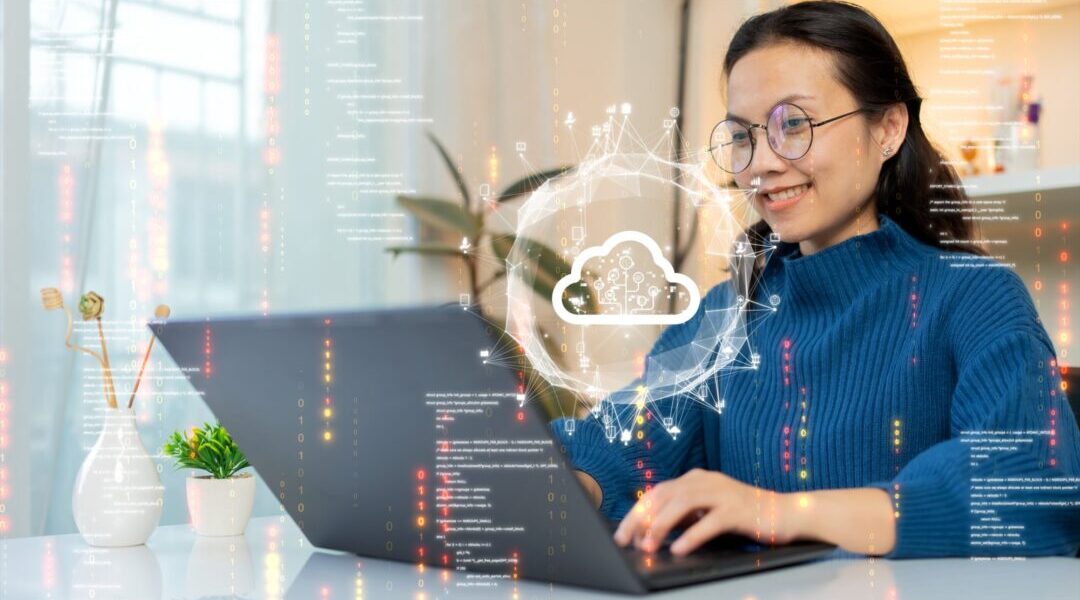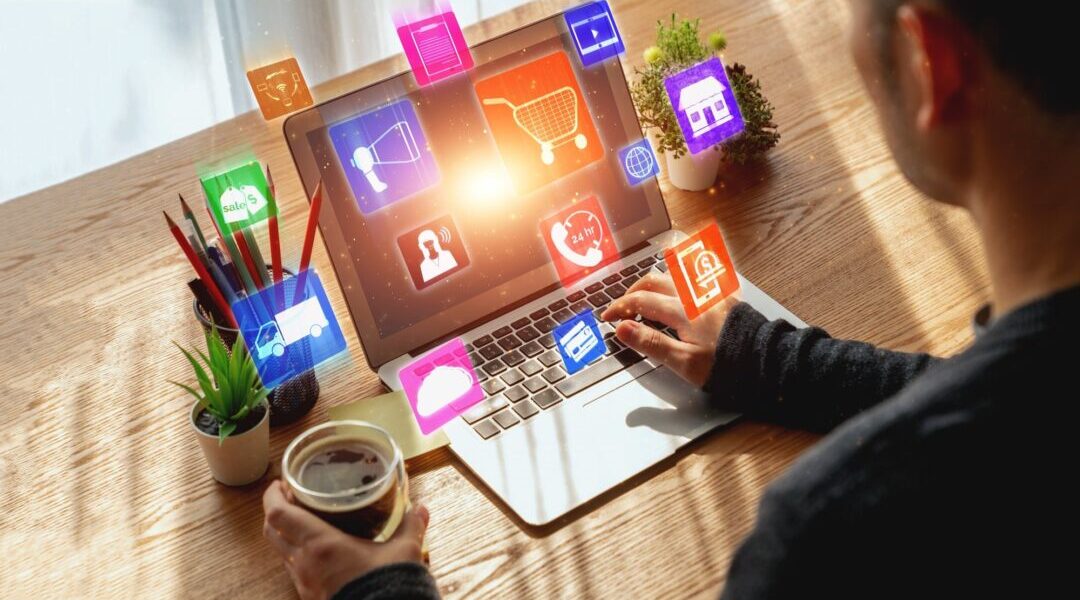Why should you bother with B2B personalization?
At its simplest, personalization means tailoring the purchase process to fit every customer’s unique needs. The success of any business is measured by its ability to effectively meet customer’s needs and expectations, and personalization is crucial to that goal.
However, personalization gets tricky when it comes to B2B e-commerce, because B2B shoppers have complex expectations and end goals, and there’s a wide pool of decision-makers to consider.
In this article, we’ll look at how B2B merchants can engineer their e-commerce platforms to deliver personalized customer experiences in order to create solid customer relationships and build loyalty for their brands.
B2B Personalization Is a Different Ball Game Than B2C Personalization
B2B personalization requires more user data and an entirely different approach to data collection than B2C businesses use.
B2C brands personalize customer experience using data sourced from buyers’ purchasing behavior, demographics, and buying history.
In addition to these, B2B businesses have to figure out the hierarchy of each shopper in the buying process and tailor the customer experience to match their needs.
How Can B2B Companies Personalize Customer Experience for B2B Shoppers?
1. Providing Custom Buyer Experiences
B2B personalization allows you to segment each of your buyer personas and design user experiences according to their needs.
Right from the landing page of your B2B e-commerce platform, you can use data-driven analytics to customize the overall purchase process to fit the buyer’s expectations.
For example, a procurement manager that works for a food supply company should only get product recommendations related to that industry. Of course, this will not happen right off the bat, but each login session should provide you with more information to improve customers’ interaction with the site.
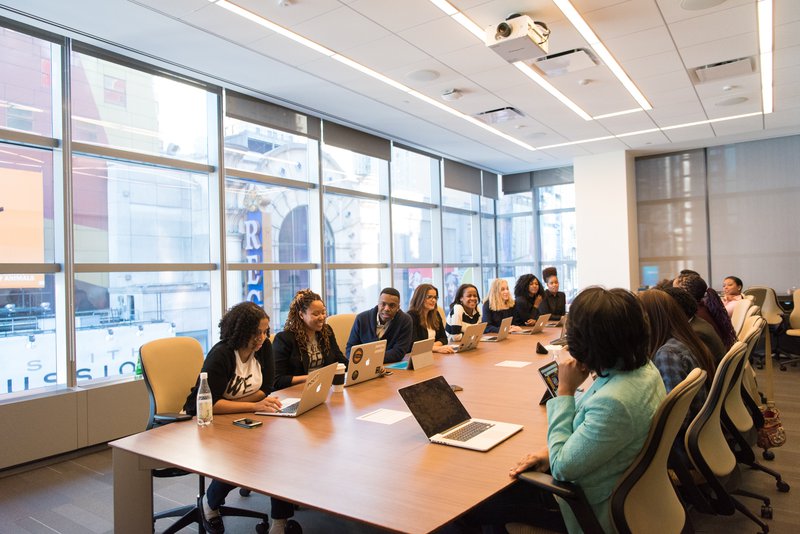
This feature is enabled by personal data that would have been provided at the point of registration, and it can be enhanced by the buyer’s search/purchase history and buying behavior.
2. Personalized Ordering
B2B shoppers typically operate within tiers or a structured hierarchy. Buyers at different levels of the organization need to be able to access order information according to their level of clearance.
With personalization, you can configure the add-to-cart and checkout process for each kind of buyer, thereby eliminating information breaches.
For instance, you may have employees of an automotive parts organization as buyers on your B2B e-commerce platform.
A section of the workforce may not need the ability to provide payment and delivery details at checkout, say the mechanics for example.
Another section, like regional managers, may not need to place orders but need access to approve them.
With B2B personalization, you can customize the experience for all these different buyer personas to suit their roles.
3. Visibility of Orders
To achieve a truly streamlined customer experience, it is important to consider which information is shown to different tiers of buyers operating from the same organization.
Is there a need for the central office to see all orders? Can satellite offices see their own orders for re-ordering purposes? These decisions are typically left to be made on a general supervisor’s portal- who then sets relevant permissions for each specific buyer in the organization.
To simplify the reorder process for the approved buyers, you can integrate a project management software with your e-commerce platform.
4. Requisition List
A requisition list keeps a record of order history made from different levels within an organization. This list is typically accessible to higher-level users to review, approve, and closeout periodically.
Let’s break this down in the context of the automotive repair organization example we’ve been working with. If multiple mechanics need to order parts throughout the days, you have to consider which tier of the workforce would have access to order history.
This helps B2B organizations to keep account of transactions originating from their staff. This bookkeeping convenience would be made possible by your personalized platform that is optimized for maximum efficiency.
5. Contract Pricing
Pricing for B2B businesses is not as straightforward as it is with B2C buyers. While B2C brands usually have direct pricing and discount plans, many B2B businesses have tiered pricing structures based on factors such as the volume of orders.
On HCL Commerce, for example, automated discounts are built into the platform by merchants, so the price of each SKU decreases as the quantity ordered increases. Powerful price rules can be set up for each organization or division within the organization. Companies can set up discounts or mark-ups by a percentage, by a dollar amount, by quantity level for each catalog, category within the catalog, sub-category, and even down to a product level. This level of sophistication is unmatched within B2B commerce platforms and can even be extended to the sales reps so they can control pricing during the negotiation process, as long as they are authorized.
Once the personalized pricing is set on the back-end, HCL Commerce will display the net price to the appropriate customer on the front-end.
6. Product Catalogues
B2B personalization includes product catalogs, which are often complex, containing hundreds or even thousands of product information.
As it is with pricing, it is typical for B2B buyers to only need access to a specific product catalog, or parts of a catalog.
You can use B2B personalization to configure which product catalog each user can access based on criteria like location, approval level, or specific organizational structure.
7. Site Loading Speed
Slow page loading time or site lags are frustrating for online shoppers. For a B2B customer base, that is even truer because efficiency is key for them. Selling has to be as quickly and efficiently as possible, as slow loading leads to a higher bounce rate.
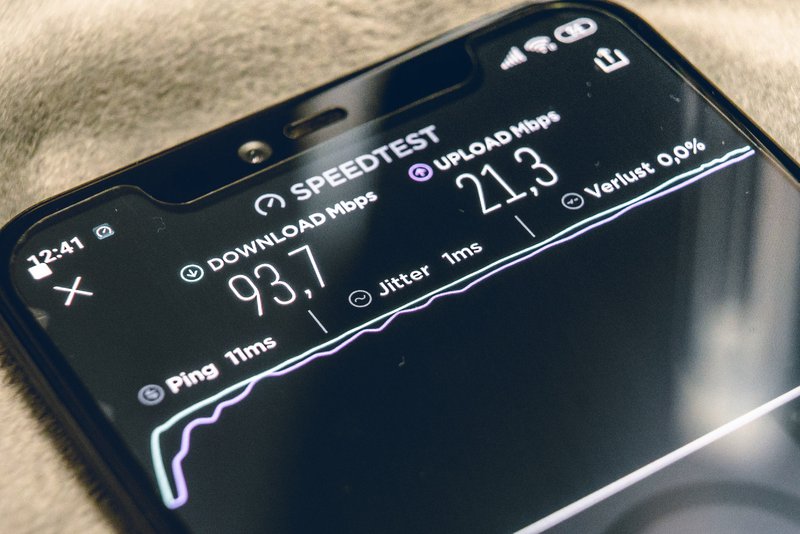
Installing predictive loading can help to speed up the load time for each page. Predictive loading uses data based on similar customer search history to deliver faster search results.
This is a less interactive feature than the others on this list, as customers don’t even have to know that your platform uses predictive loading, but they will notice if your site is slow to load.
8. Mobile Friendly
Some 73% of 20- to 35-year-olds are involved in product or service purchase decision-making at their companies, according to a study of “millennial” buyers by Merit (#). 60 percent of those would do said research on a mobile phone.

It is important to optimize your B2B e-commerce site to work on mobiles as well as it would on desktop. Many B2B shoppers have to make purchasing decisions on the go, depending on their level in the hierarchy of production. For example, mechanics working in an automotive organization may have to order car parts frequently. It is more convenient to pop out a smartphone and place the necessary orders, which would only be possible on a mobile-responsive site.
Having site features that are only optimized for large screens would lead to a high bounce rate and low conversion or follow-through, and that’s just bad for business.
In Conclusion, Prioritize B2B Personalization
Now more than ever, there is teeming competition online, so it is important to give your customers an enjoyable experience on your site. It’s the only way to remain relevant and stay competitive.
For B2B merchants, the goal of personalization is to match customers’ online experience with what they would expect from a great sales rep and deliver that experience in a fraction of the time.
HCL Commerce, as an enterprise digital platform, has the B2B required features to support a personalized yet simple and efficient purchasing journey for your customers. Contact us for a customized demo.

(#) – How Digital Natives Are Changing B2B Purchasing, by Eric Almquist, Bain & Company, March 14, 2018.

